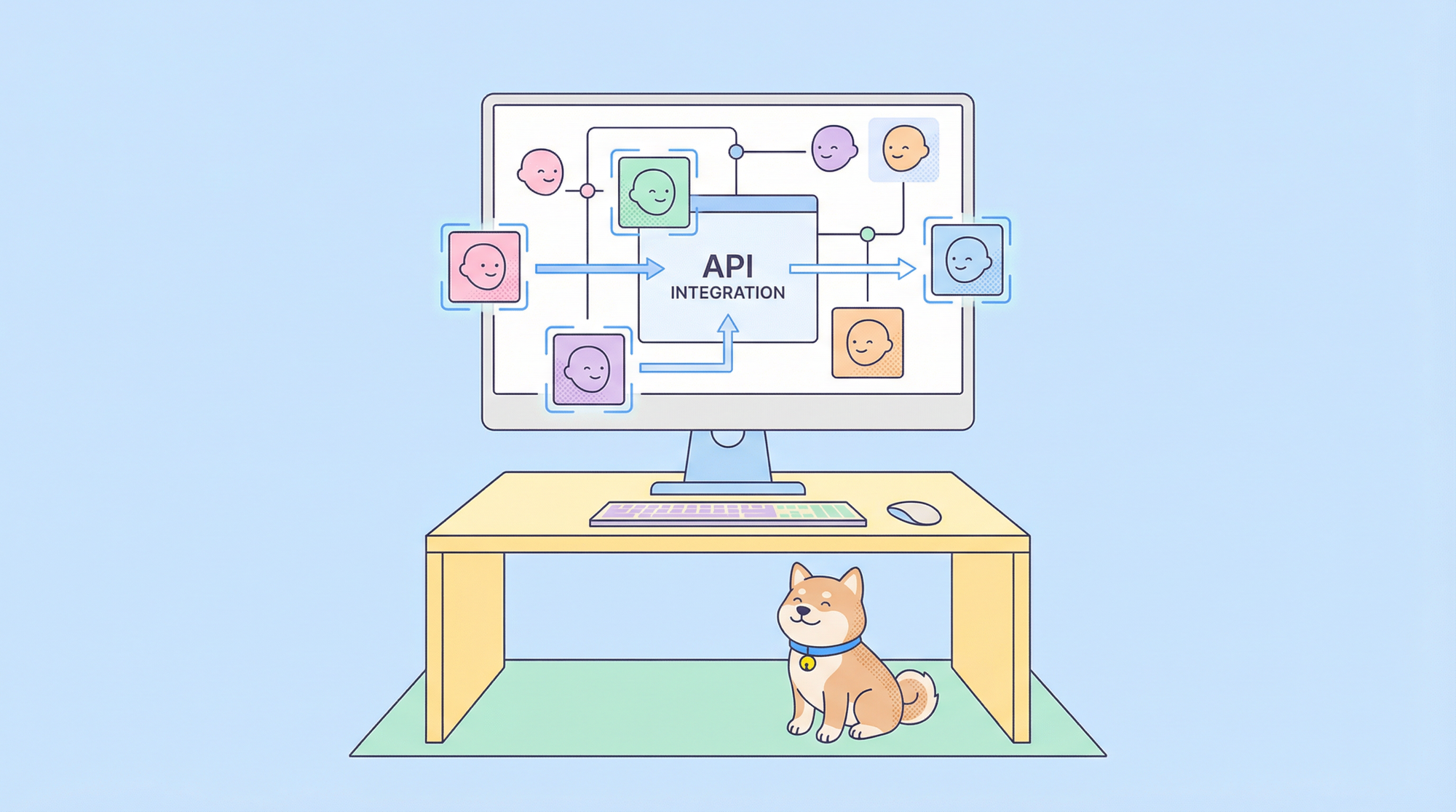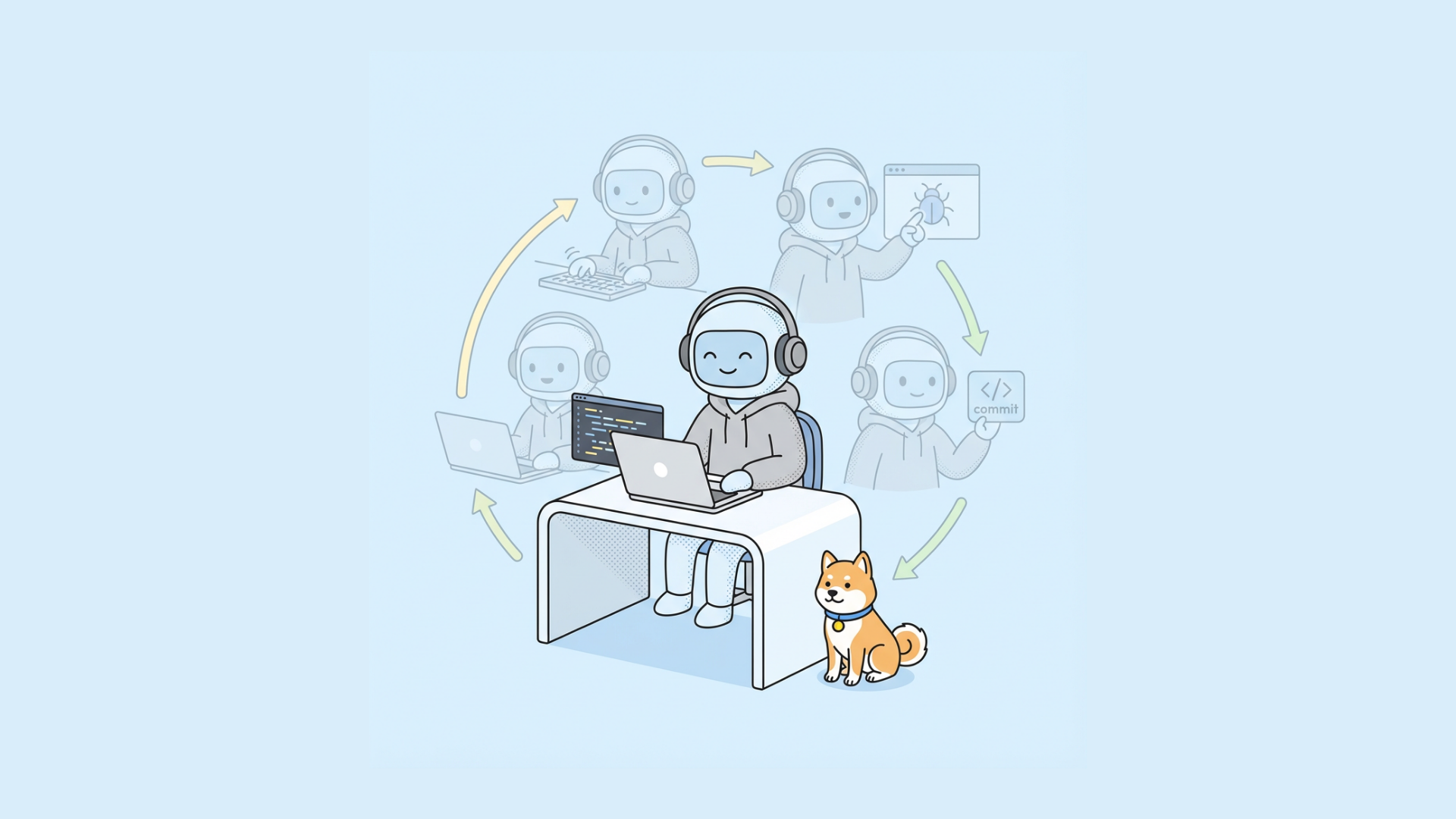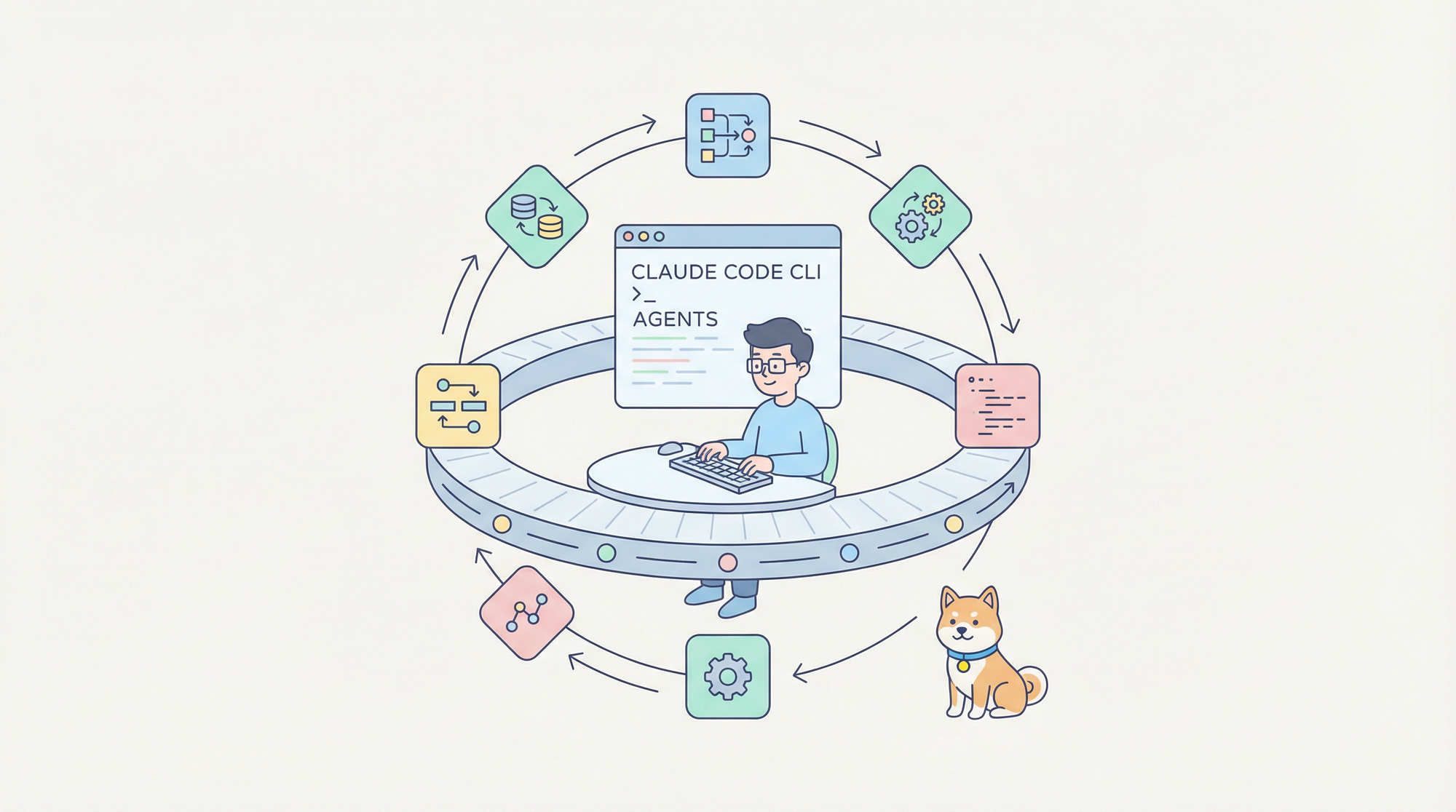You click a link from an old blog post, excited to see the resource it promises. Instead of the page you expected, you're greeted by a stark message: "404 Not Found." Sometimes it's a minimalist error page, sometimes it's a creative, custom-designed one with a sad cartoon robot. But the message is always the same: what you're looking for isn't here.
The 404 Not Found is arguably the most famous HTTP status code in the world. It's the internet's universal sign for a dead end, a digital cul-de-sac. It's so ingrained in our culture that people use "404" as slang in conversation to mean "clueless" or "missing."
But what does this code actually mean from a technical perspective? Why does it happen? And what should you do when you encounter one either as a user or as a developer?
If you've ever been frustrated by a broken link or need to manage links on your own website, understanding the 404 status code is essential.
In this friendly, blog post, we'll dive deep into the world of the 404 Not Found status code. You'll learn what it really means, why it appears, how it impacts user experience and SEO, and practical ways to handle it both as a user and a developer.
Let's explore the story behind 404 Not Found and discover how to work with it effectively.
The Problem: The Fragile Nature of Links
The web is built on hyperlinks. But links are fragile. When the resource at the other end of a link moves or disappears, the link breaks. This phenomenon is called "link rot," and it's a constant challenge of maintaining a healthy web.
The 404 Not Found status code is the standard, honest response for this situation. It's the server's way of saying, "I looked where you told me to look, and there's nothing there."
What Does HTTP 404 Not Found Actually Mean?
The 404 Not Found status code indicates that the server understood the request (it's not a syntax error), but it cannot find the requested resource on its system. The resource may have never existed, or it may have been moved or deleted with no forwarding address.
Crucially, this condition is often considered temporary because the resource might be available again in the future. However, for the user at this moment, it's gone.
A basic 404 response looks like this:
HTTP/1.1 404 Not FoundContent-Type: text/htmlContent-Length: 125
<html><head><title>404 Not Found</title></head><body><center><h1>404 Not Found</h1></center></body></html>
This means that the URL entered or requested points to a resource (like a web page or API endpoint) that the server cannot find. It might have been deleted, moved, mistyped, or never existed in the first place.
Despite being an error, a 404 response is an expected and common part of web communication. The server is saying, "The request was understood, but there’s nothing here." Importantly, a 404 does not necessarily mean the resource is gone forever; it just isn't found right now at this address.
The Anatomy of a 404: How It Happens
Let's walk through what happens when you encounter a 404 error.
- The Request: You click a link to
https://example.com/old-blog-post. - The Server Search: The server at
example.comreceives the request and looks for a resource at the path/old-blog-post. - The Discovery: The server's file system or application logic determines that no such file, page, or resource exists at that location.
- The 404 Response: Instead of returning a
200 OKwith content, the server returns a404 Not Foundstatus, often with a basic HTML page explaining the error. - Your Browser's Action: Your browser receives the
404status and displays the error page to you.
Why Do 404 Errors Appear?
Several typical scenarios trigger 404 Not Found responses:
- Broken or outdated links: When links on websites or emails point to removed or renamed pages.
- User-typed errors: Mistakes in manually typing URLs.
- Moved content: Without proper redirects, moved resources lead to 404.
- Incorrect links in APIs: Calling endpoints that don't exist or are deprecated.
- Server misconfiguration: Mistakes in routing or access settings.
Common Causes of 404 Errors
Understanding why 404s happen is the first step to preventing them.
1. Typos and Mistyped URLs
This is the most common cause. A user simply types the URL incorrectly.
example.com/prodcutsinstead ofexample.com/productsexample.com/users?name=johinstead ofexample.com/users?name=john
2. Broken Links
This is a major cause across the web. It happens when:
- You change your site's structure (e.g., move from
/blog/post-1to/articles/post-1) without setting up redirects. - Another website links to a page on your site that no longer exists.
- You delete content without considering existing inbound links.
3. Deleted Content
You might intentionally remove a product, blog post, or user profile. If anyone tries to access it directly afterward, they'll get a 404.
4. Incorrect API Endpoints
In API development, a 404 is returned when a client requests an endpoint that doesn't exist.
GET /api/v1/users/999when no user with ID 999 exists.POST /api/v1/porductsinstead of/api/v1/products.
404 vs. Other Client Errors: Knowing the Difference
It's important to distinguish 404 from other 4xx status codes.
1. 404 Not Found vs. 400 Bad Request:
404means "I looked for what you asked for and couldn't find it." The request was well-formed, but the resource is missing.400means "I don't understand what you're asking for." The request itself is malformed (e.g., invalid JSON syntax).
2. 404 Not Found vs. 410 Gone:
404means "It's not here right now." The condition might be temporary.410means "It's gone forever, and we intentionally removed it." This is a permanent deletion.
3. 404 Not Found vs. 403 Forbidden:
404means "I won't tell you if it exists or not." (Often used for security to avoid revealing private resource existence).403means "I know you're asking for this specific thing, and I'm explicitly telling you 'no'."
Understanding these helps craft better error handling and user guidance. So, 404 is kind of a “soft no,” whereas 410 is a “hard no.”
404 Errors in Web Browsers
When you visit a broken link, most browsers display a generic 404 Not Found message. Some websites customize these pages with friendly text, animations, or even jokes.
Example default error:
404 Not Found
The requested URL /thispagedoesnotexist was not found on this server.
404 Errors in APIs
For developers, 404s are especially common in APIs. For instance:
- Requesting
/api/users/999when user 999 doesn’t exist. - Hitting
/v2/orderswhen the API only has/v1/orders. - Querying a resource that has been removed.
Here's an example API response:
{
"error": "not_found",
"message": "The requested resource could not be found."
}
This is where Apidog shines; it lets you test different endpoints, verify documentation accuracy, and confirm that 404s are returned when expected.
User Experience and 404 Errors
404 errors often annoy users because they interrupt navigation. However, with thoughtful design, they can also be opportunities:
- Custom 404 pages with search boxes or popular links encourage users to stay.
- Clear messaging reduces confusion.
- Humorous or creative designs can turn errors into memorable brand experiences.
- Suggesting alternatives or supporting site navigation keeps users engaged.
The SEO Impact of 404 Errors
Search engines care about user experience. Excessive 404 errors can harm your site's SEO because:
- Crawler Waste: Search engine bots waste their "crawl budget" on pages that don't exist instead of discovering your valuable content.
- Poor User Signals: If users frequently hit 404s on your site and leave quickly, this sends negative user experience signals to search engines.
- Lost Link Equity: When other sites link to your 404 pages, the "link juice" or ranking power from those links is wasted.
The good news: A reasonable number of 404s are normal. Search engines understand that websites change. The problem isn't having 404s; it's having important pages return 404s and not managing them properly.
Real-World Examples of Excellent 404 Pages
Many popular websites craft memorable 404 pages:
- GitHub's octocat apologizes playfully.
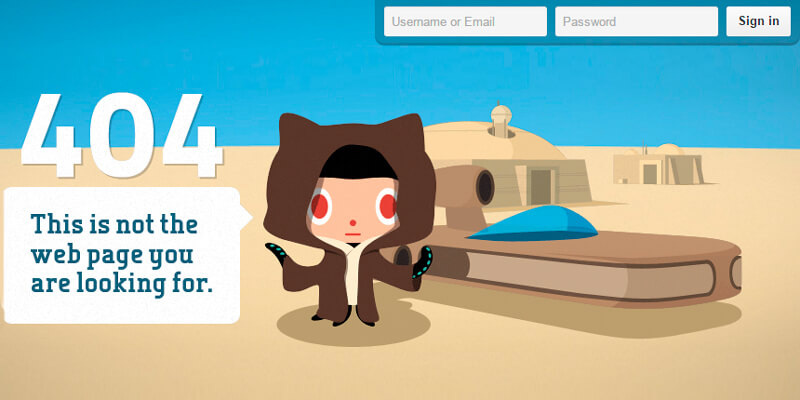
- Lego shows a playful "lost" character.
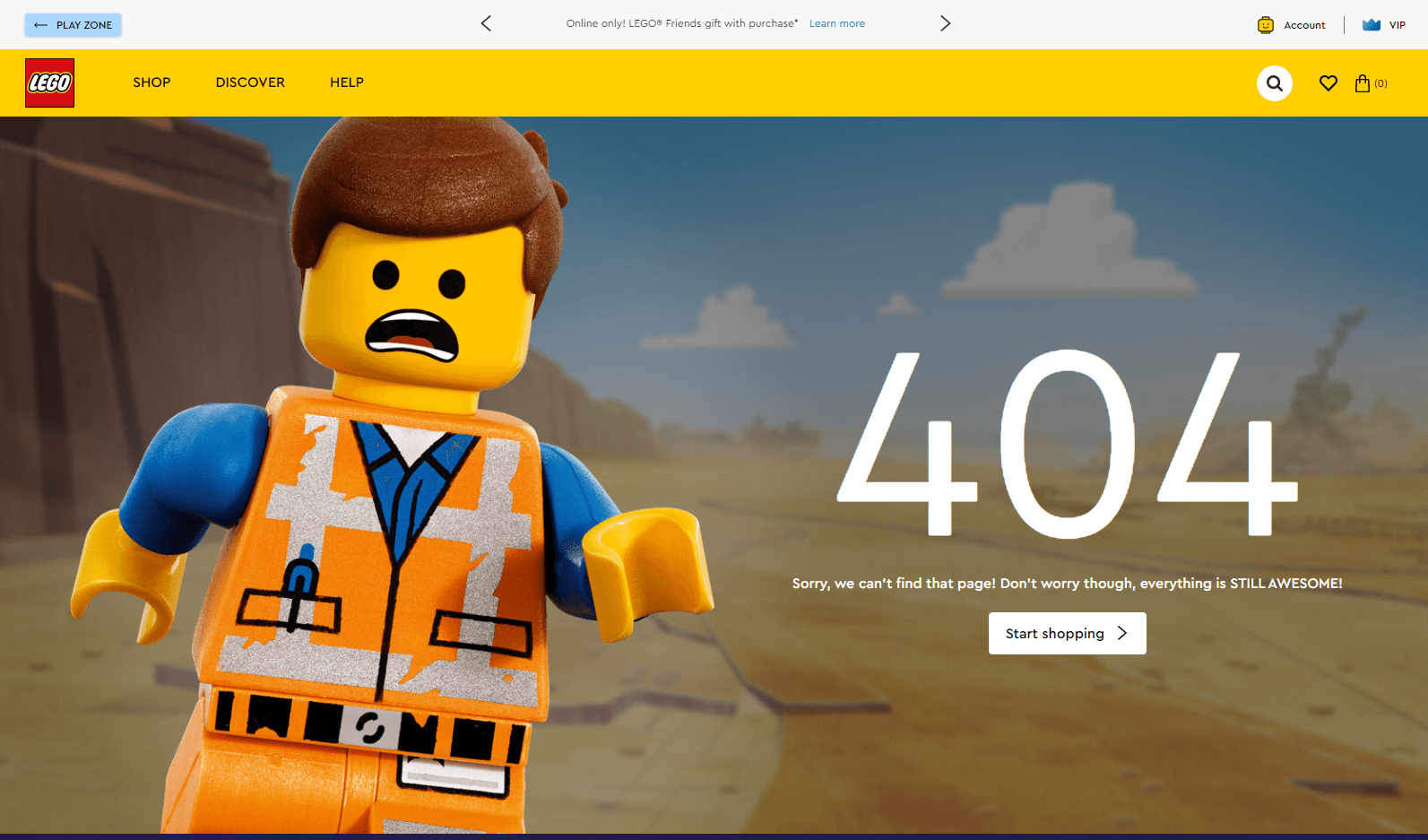
- Pixar uses engaging illustrations, inviting users to explore.

Such designs help reduce frustration and keep users interested and engaged.
Testing for 404s with Apidog
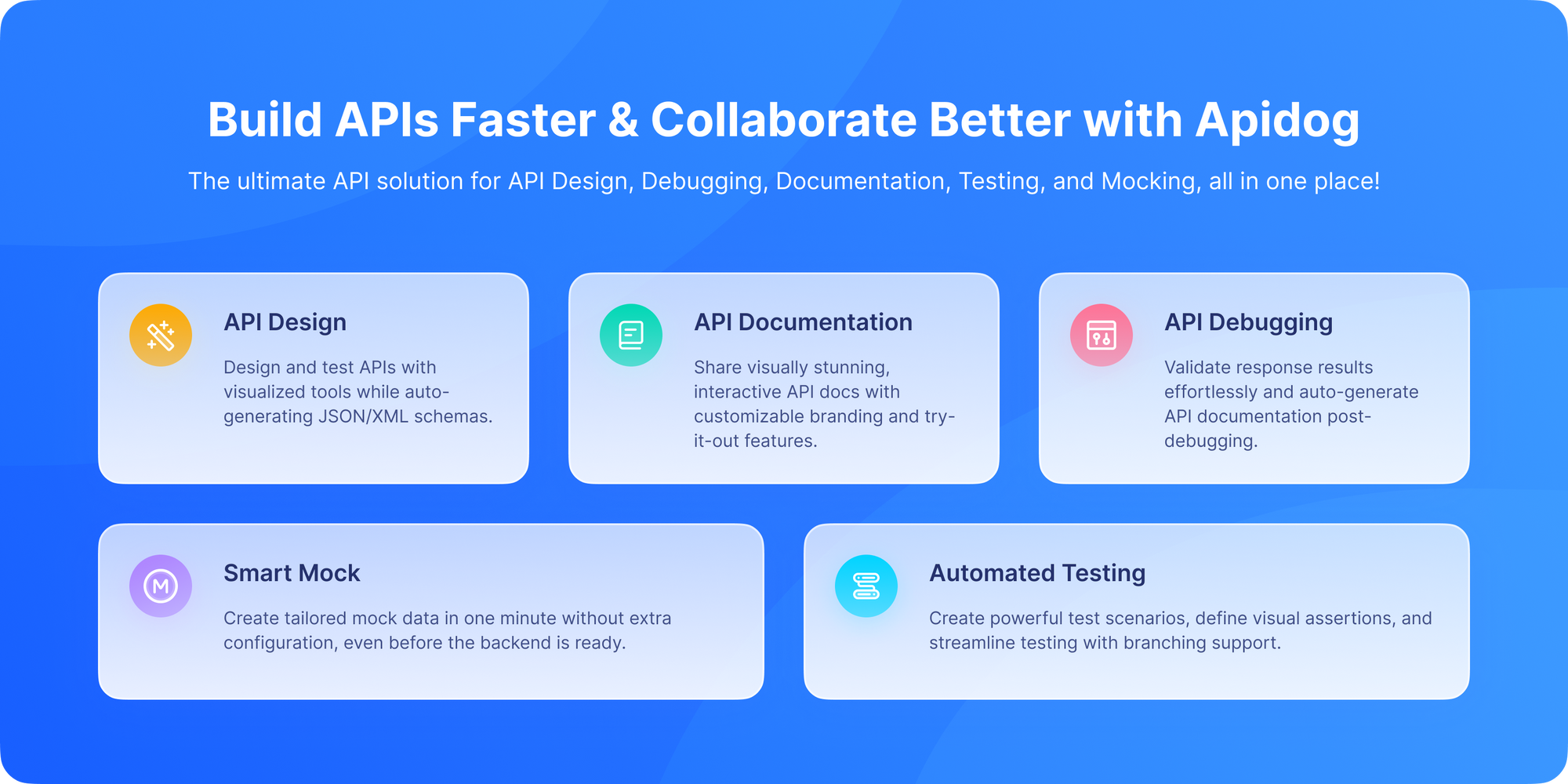
For developers, testing that your application returns the correct status codes is crucial. Apidog makes this process straightforward.
With Apidog, you can:
- Test Valid Endpoints: Verify your working endpoints return 200 OK.
- Test Invalid Endpoints: Deliberately request invalid URLs to ensure your server returns a proper 404 status code and not a 500 error or a blank page.
- Check API Data Lookups: Test API endpoints that fetch data by ID. For example,
GET /api/users/9999should return404if no user with that ID exists, not a200with an empty object. - Automate Link Checking: Create test suites that check all your critical endpoints and alert you if any start returning unexpected
404statuses after a deployment. - Validate Error Responses: Ensure your
404responses include helpful information, especially for APIs. A good API404response might be:
{
"error": "Resource not found",
"message": "No user found with id '9999'",
"code": 404
}
Instead of guessing, you can visually inspect your request and see exactly why a 404 is triggered. Download Apidog for free and improve your API quality assurance.
Common Misconceptions About 404 Not Found
- 404 means server is down: No, it means the requested resource is missing, while server errors like 500 indicate server issues.
- 404 is bad for SEO: Used appropriately and managed, 404s are expected and handled properly by search engines.
- All 404s should be redirected: Not necessarily; only permanently moved resources warrant redirects.
- 404 pages must be bland: Creative 404 pages enhance user experience.
Best Practices for Handling 404s
For Website Owners:
- Create a Custom 404 Page: Don't use the generic server page. Create a helpful, on-brand 404 page that includes:
- A friendly apology
- A search bar
- Links to popular content or your homepage
- A way to report the broken link
- Use 301 Redirects: If you've moved content, set up permanent redirects from the old URLs to the new ones.
- Monitor Your 404s: Use tools like Google Search Console to find the most common 404 errors on your site and fix them.
For API Developers:
- Be Consistent: Always return
404for non-existent resources. - Provide Context: In the response body, explain what wasn't found (e.g., "Product not found" vs. "User not found").
- Use 404 for Non-Existent Resources, 400 for Bad Parameters:
GET /api/users/not-an-idshould be a400 Bad Request(invalid parameter), whileGET /api/users/9999(valid format, doesn't exist) should be a404.
For Users Encountering a 404:
- Check the URL for typos.
- Go up a directory (e.g., if
example.com/products/old-productfails, tryexample.com/products). - Use the site's search function.
- Contact the website owner if it's a clear error on their part.
The Cultural Phenomenon
The 404 error has transcended its technical origins to become a cultural touchstone. It's been featured in movies, TV shows, and literature. Companies create elaborate, creative 404 pages that become marketing opportunities. There's even a "HTTP 404" wine from a Swiss vineyard!
This widespread recognition speaks to how fundamental the experience of "not finding what you're looking for" is to the human experience of the internet.
Troubleshooting Persistent 404 Errors
If your users report frequent 404s:
- Check web server routing and configuration.
- Validate URL rewriting rules.
- Audit external links and backlinks.
- Check API endpoint validity and versioning.
- Use Apidog to simulate requests and find problems.
Conclusion: Embracing the Inevitable
The 404 Not Found status code is a staple of the internet. It means the resource doesn't exist whether due to typos, missing files, or outdated links. The HTTP 404 Not Found status code is an inevitable and necessary part of the web. It's the honest response when the digital trail goes cold. Though frustrating at times, smart handling and testing of 404 errors can improve user navigation, preserve SEO health, and enhance overall web experiences.
For developers and website owners, the goal shouldn't be to eliminate all 404s that's impossible. The goal should be to manage them intelligently: by creating helpful error pages, setting up proper redirects, and monitoring for truly problematic broken links.
Handled poorly, 404s can frustrate users and harm SEO. Handled well, they can actually be opportunities to guide users, showcase your brand personality, and keep people engaged.
So the next time you see a 404, you'll understand it's not necessarily a failure. It's the web working as designed, telling you a simple truth: this path leads nowhere. And when you're building the digital pathways that users will follow, a tool like Apidog will help you ensure those paths lead to the right destinations, making the web a more reliable place for everyone.
And don't forget, effective testing and monitoring of 404 and other HTTP status codes are made easier with Apidog, a free, powerful tool that puts detailed API analysis at your fingertips for developers working with APIs. Having a tool like Apidog is essential. It makes it easy to test endpoints, debug 404s, and ensure your API behaves consistently.

